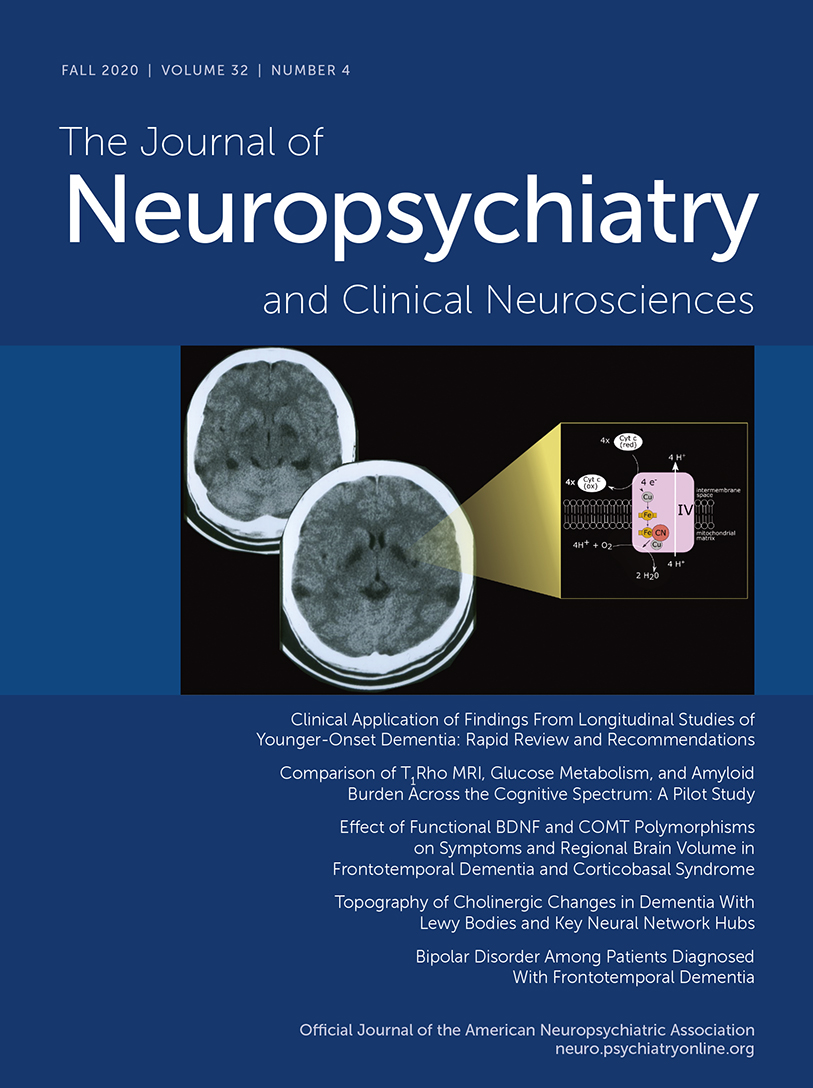Psychologically Informed Physical Therapy for Children and Adolescents With Functional Neurological Symptoms: The Wellness Approach
Abstract
Children with functional neurological disorder (FND) present with motor and sensory neurological symptoms that impair health and physical functioning and that create an ongoing clinical burden for caregivers and hospitals worldwide. Treatment programs for these children involve a multidisciplinary approach with physical therapy as a fundamental component. However, standard musculoskeletal approaches to physical therapy are ineffective or may even exacerbate symptoms because they are unresponsive to the biopsychosocial context in which FND emerges: FND typically occurs in the context of stress, either physical or emotional; symptoms are amplified by attention; and presentations are complicated by psychological factors. Informed, in part, by published guidelines for physical therapy with adult FND patients, this article examines common challenges that arise when working with children: overcoming previous negative encounters in the medical system; avoiding amplification of symptoms by drawing attention to them; and managing comorbid pain, falls, faints, nonepileptic seizures, dizziness, fatigue, and breathlessness, plus psychological symptoms such as anticipatory anxiety and panic attacks. What emerges is a psychologically informed therapeutic approach to physical therapy for children with functional neurological symptoms. This approach prioritizes interpersonal processes and physical therapy techniques that establish a therapeutic relationship and create a safe space for physical therapy, that use indirect physical therapy approaches redirecting the focus of attention away from symptoms and emphasizing the completion of tasks and activities engaging the sick body part indirectly, that tailor the intervention to address the needs and presentation of each particular child, and that integrate psychological interventions to manage common challenges.



